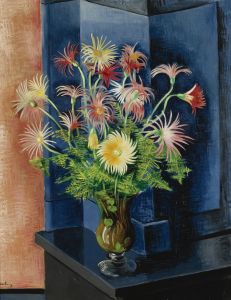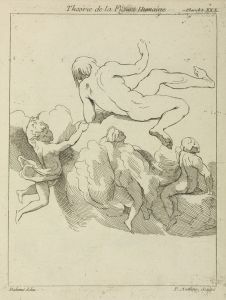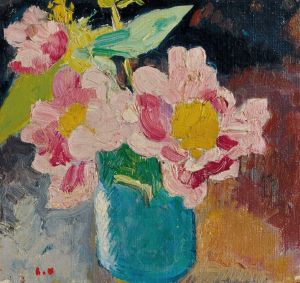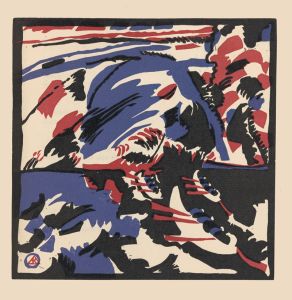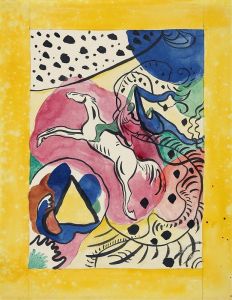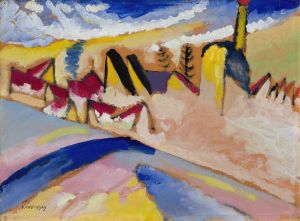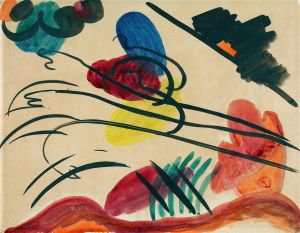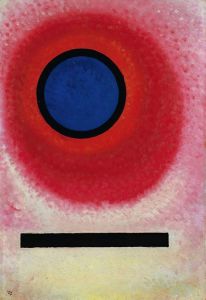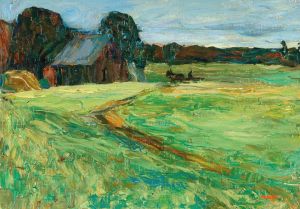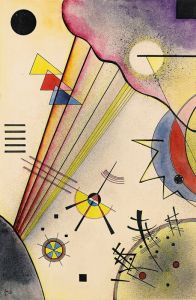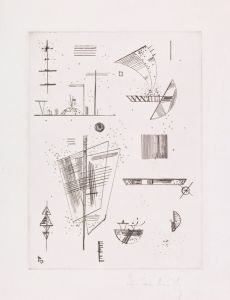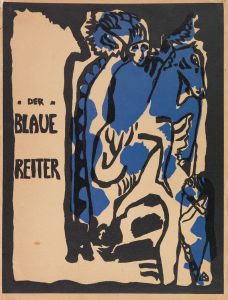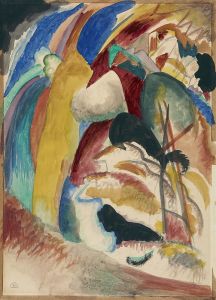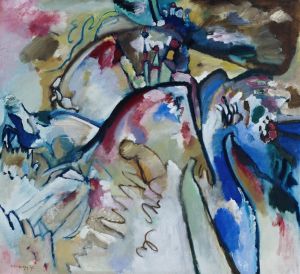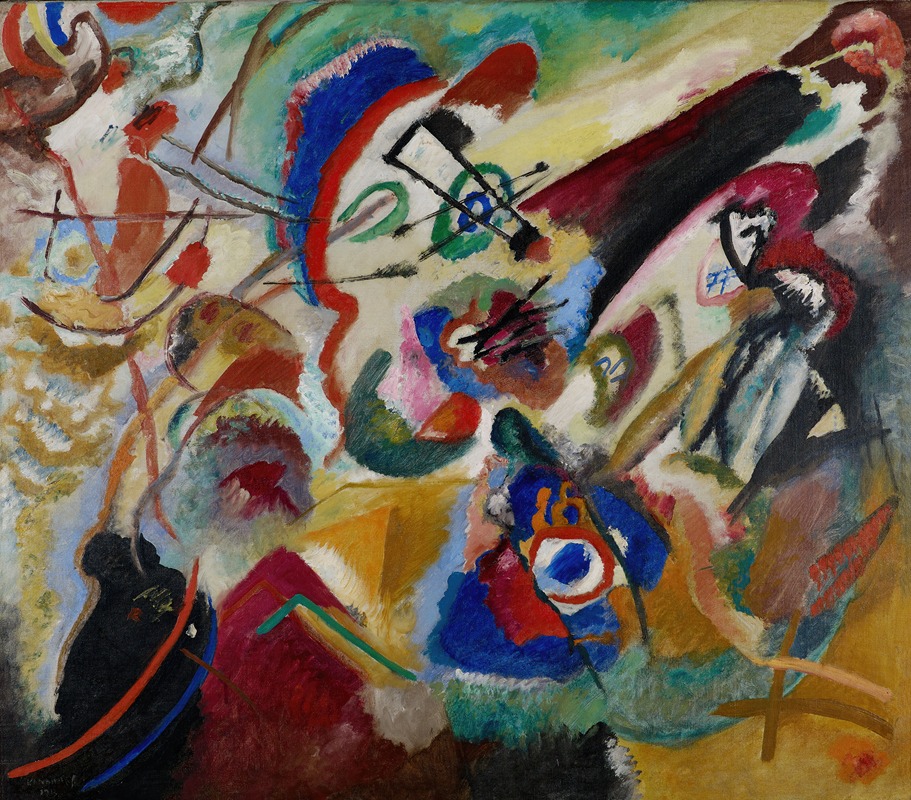
Fragment 2 for Composition VII
A hand-painted replica of Wassily Kandinsky’s masterpiece Fragment 2 for Composition VII, meticulously crafted by professional artists to capture the true essence of the original. Each piece is created with museum-quality canvas and rare mineral pigments, carefully painted by experienced artists with delicate brushstrokes and rich, layered colors to perfectly recreate the texture of the original artwork. Unlike machine-printed reproductions, this hand-painted version brings the painting to life, infused with the artist’s emotions and skill in every stroke. Whether for personal collection or home decoration, it instantly elevates the artistic atmosphere of any space.
Wassily Kandinsky's Fragment 2 for Composition VII is a preparatory study created in 1913 for his monumental painting Composition VII. Kandinsky, a pioneer of abstract art, used preparatory works like this to explore and refine the dynamic forms, colors, and compositional elements that would later appear in his larger, more complex pieces. This fragment is one of several studies Kandinsky produced during the planning phase of Composition VII, which is considered one of his most significant works.
Fragment 2 for Composition VII showcases Kandinsky's transition from representational art to pure abstraction. The painting is characterized by its vibrant colors, bold lines, and overlapping shapes, which create a sense of movement and emotional intensity. Kandinsky believed that art should evoke spiritual and emotional responses, and his use of abstract forms was intended to communicate universal ideas and feelings without relying on recognizable imagery.
The study reflects Kandinsky's interest in synesthesia, the idea that different senses can influence one another. He often compared painting to music, describing his works as "compositions" and associating colors and shapes with specific emotional or auditory experiences. In Fragment 2, the interplay of colors and forms suggests a rhythmic and almost musical quality, aligning with his theories on the connection between visual art and sound.
This fragment, like the final Composition VII, was created during Kandinsky's time in Munich, where he was a leading figure in the avant-garde art movement. He was a co-founder of the Blue Rider (Der Blaue Reiter) group, which sought to break away from traditional artistic conventions and explore new forms of expression. The group's emphasis on spirituality and abstraction is evident in Kandinsky's work during this period.
While Fragment 2 for Composition VII is a standalone piece, it is best understood in the context of Kandinsky's broader artistic process and philosophy. The study provides insight into the meticulous planning and experimentation that went into the creation of Composition VII, a painting that Kandinsky described as his most complex and ambitious work. Today, Fragment 2 is appreciated not only as a preparatory study but also as an example of Kandinsky's innovative approach to abstraction and his ability to convey profound emotional and spiritual ideas through art.





